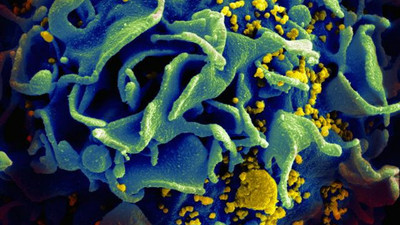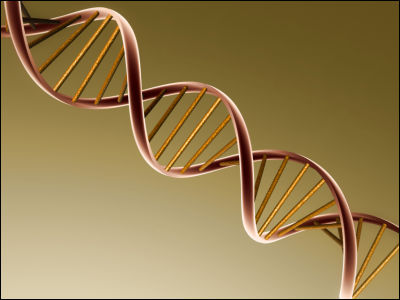Research results that there is a possibility of finding new cancer treatments from `` cancer cells that coexisted with patients '' for 8500 years

by
By becoming a domestic animal, the dog walked along the path of coexisting with humans and made a global advance with the human race. Some of these dogs have “cancer cells” that have survived by transferring from dog to dog for 8500 by coexisting with the dog.
Somatic evolution and global expansion of an ancient transmissible cancer lineage | Science
https://science.sciencemag.org/content/365/6452/eaau9923
CTVT, the Tumor That Broke All the Rules-The Atlantic
https://www.theatlantic.com/science/archive/2019/08/ctvt-tumor-broke-all-rules/595246/
Cancer without end? Discovery yields fresh insights | EurekAlert! Science News
https://www.eurekalert.org/pub_releases/2019-08/asu-cwe080119.php
Transplantable genital tumors (CTVT) are infectious cancers that occur in the canines. They are transmitted mainly by mating and form tumors in the external genitals.

by
One example of cancer caused mainly by sexually transmitted diseases is cervical cancer, which is caused by a human papillomavirus infection by sexual intercourse. CTVT, on the other hand, is transmitted by cancer cells that 'metastasize' directly from the dog to the dog due to contact with the genitals associated with the mating of the dog. It is extremely rare that cancer is transmitted in this way, and only 8 types have been confirmed, including CTVT and Tasmanian devil and shellfish.
A research team led by Cambridge University's Elizabeth Murchison collected 546 CTVT samples from dogs around the world and analyzed their genes to explore the origin of CTVT. The results showed that all CTVT originated from only one CTVT cell in a dog that lived in Central Asia about 4000-8500 years ago. The research team has also succeeded in following the footprints of CTVT that have spread throughout the world from traces of genome mutations.
CTVT, which originated in Central Asia, spent the first thousands of years in Central Asia alone. It is speculated that the individual from whom CTVT originated lived in an environment isolated from other groups of dogs. After that, it began to slowly move toward Europe from about 1900 years ago, but it began to show explosive spread about 500 years ago and spread around the world after being spread among dogs in the Americas. diffusion. Today, most CTVTs around the world have US CTVT as their direct ancestors.

by Dan Fador
The strange property of CTVT is not only that it is contagious. For example, the general cancer genome is so unstable that even cancer cells in the same tumor are genetically different. The property of increasing malignancy while evolving by repeating mutations one after another is called “ genomic instability ” and can be said to be the greatest factor that makes cancer extremely difficult to eradicate.
CTVT, on the other hand, has a very stable genome and a very slow mutation, as can be seen from its gene analysis and its origins that can be traced back thousands of years. If a dog is healthy, it will be slow and rarely cause direct death. In addition, it was relatively easy to treat because it did not acquire drug resistance, and in fact, almost all of the 546 dogs that provided CTVT samples were cured.
“The CTVT coexists with the dog. The cells themselves behave like cancer cells, but the overall ecology is like a parasite,” said co-author of the paper, Adrian Baez Ortega. He expressed his view that CTVT chose to coexist with infected people rather than kill them.
Baez Ortega also pointed out that 'CTVT research suggests that mutations in tumors can be tame'. In between already of cancer researchers, chemotherapy alternative to treatments that 'adaptive therapy' has begun to be studied. In contrast to active treatment aimed at eradicating cancer, adaptive therapy is an attempt to 'tame and control' cancer, a Mayo clinic in a general hospital in Minnesota. So, a clinical trial is planned to apply this treatment to metastatic breast cancer.
“Most cancer cells will continue to evolve for decades until the patient dies. On the other hand, CTVT has made new indications for thousands of years,” said Carlo Mailey, a cancer biologist. “It was surprising that we didn't get it,” he said, and we looked forward to the possibility that the mechanism by which cancer mutates will be solved by researching cancer cells that have stopped evolving.
Related Posts:







